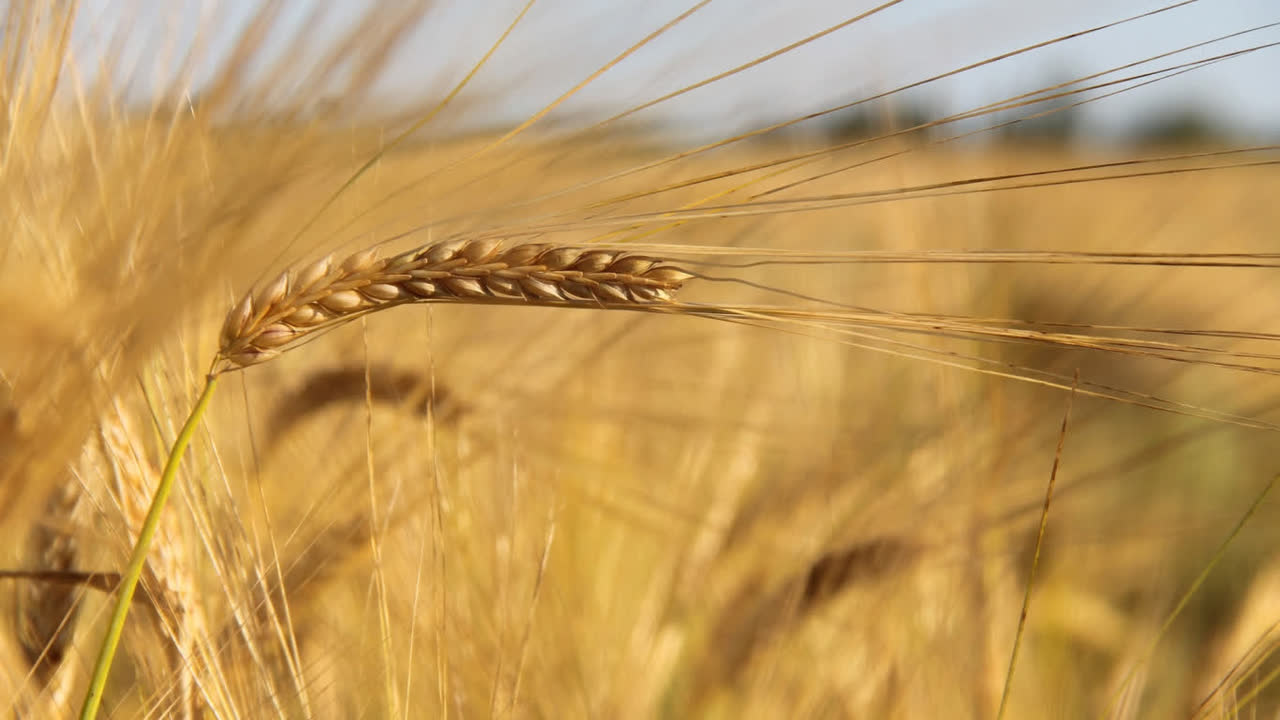The government has bought a total of 3.55 million tons of wheat worth 180 quadrillion rials ($721.87 million) from local farmers across the country so far this crop year, which shows a 30% decline compared with the similar period of last year.
The Iranian government buys strategic crops, including wheat, from local farmers on guaranteed prices to build up its reserves and regulate the market.
The decline means the deficit between supply and demand has to be compensated through imports, caretaker of Commercial Services Bureau with the Agriculture Ministry said on Monday.
“Due to low precipitation levels and the consequent drought, we estimate that wheat production will reach close to 10 million tons this year and government purchases will stand at 7 million tons. Previously, around the beginning of the current crop year, we expected yields to reach 12 million tons and government purchases to hit 10 million tons,” Hassan Abbasi Maroufan was also quoted as saying by IRNA.
To make up for this decline in production and to fill the strategic reserves, he added, at least 5 million tons of the staple grain should be imported this year.
Iran’s main wheat cultivating provinces are Khuzestan, Golestan, Kurdestan, Fars, North Khorasan, Khorasan Razavi and South Khorasan.
“The fall in wheat yields will also lead to a decline in the production of chaff – a livestock feed. So, there will be need for importing chaff as well,” he added.
The official noted that this year’s drought will also impact barley production.
“Estimates were that 3.7 million tons of barley would be harvested this year but at best, only between 2.5 million tons and 2.7 million tons of the figure can materialize. Every year, we imported around 3.2 million tons of the grain to compensate for the deficit. This year, the figure needs to exceed 5.2 million tons,” he said.
“To meet the domestic demand for 1.6 million tons of chicken, one million tons of red meat, one million tons of eggs and more than 11 million tons of milk, the country needs animal feed, part of which can be produced locally but the rest has to be imported.”
Maroufan further said global prices of animal feed and some essential goods, such as soybeans, barley, corn and wheat have increased by 30-55% this year, which requires the allocation of more foreign currencies for the import of these goods so the country can get through this year’s tough drought.
Iran is an arid country and the rise and fall in precipitation levels are characteristic of arid regions, making predictions of domestic demand, import requirements and export capacities a challenge every year.
Drought Inflicts $2.73b in Losses
Drought has inflicted 670 trillion rials ($2.73 billion) in losses on Iran’s agriculture sector since the beginning of the current crop year.
According to Mohammad Mousavi, an official with Agriculture Ministry, assessments carried out over 11.2 million hectares of farming lands in 30 provinces show 43% of the total 670 trillion-rial losses were due to the decline in production of agronomic crops, as well as the decline of 26% in horticultural products, 13% in fisheries and livestock, and 11% in forage crops.
“In addition, 4% of the total damage are to be blamed on challenges created in water transportation infrastructures, pools, pipes, aqueducts and springs, and 3% of losses can be attributed to water supply complications and the animal feed used by nomads,” he was quoted as saying by Mehr News Agency.
Noting that precipitation rate in the current crop year has decreased by 54% compared with last year and 41% compared with the long-time average, the official said, “Besides the decline in precipitation rate, increase in heatwaves and evaporation, and the inappropriate distribution of rainfall have resulted in drought and had an adverse impact on the agriculture sector.
“Reports by Iran Meteorological Organization say 92% of the country have been affected by drought at different levels: 20% of the country’s area is faced with extreme drought, 28% severe drought, 25% moderate drought, and 19% of the country are going through stages of becoming abnormally dry; and only 8% of the country have normal conditions,” he added.
Mousavi announced that the emergency plans put together by Agriculture Ministry underlines the management of strategic reserves, animal feed and essential goods in proportion to the decline in production.
“Easing the pressure on groundwater resources and soil in the country, fair distribution of pressure or weight of water shortage in different sectors, when used as potable water, or in agriculture or industrial sectors, has been underscored in this plan,” he said.
“Greenhouse farming reduces water consumption as compared to open-air farming. Therefore, agricultural technologies such as greenhouses will be effective in conserving water while simultaneously enhancing production, exports and farmers’ livelihoods.”
The official stressed that grazing management must be adjusted quickly to drought conditions to preserve pastures and at least one million head of livestock must be purchased by State Livestock Affairs Logistics Inc. to lift the pressure on country’s pastures.
Noting that 22 million head of livestock now depend on grazing of pastures, Mousavi said given the decline in animal feed production, compared with last year, the shortage must be filled through imports.
“We have proposed an increase of 3.7 million tons of barley imports compared with last year to control prices, reduce the pressure of livestock on pastures and support production of milk and meat in drought condition,” he said.
“Loan repayment deferrals, provision of cheap loans, paying compensation to farmers through the Agricultural Insurance Fund, financing reconstruction of water supply and transportation infrastructures, and paying fund to farmers who have lost 100% of their products are measures that should be taken to manage the drought crisis in the agriculture sector.”


